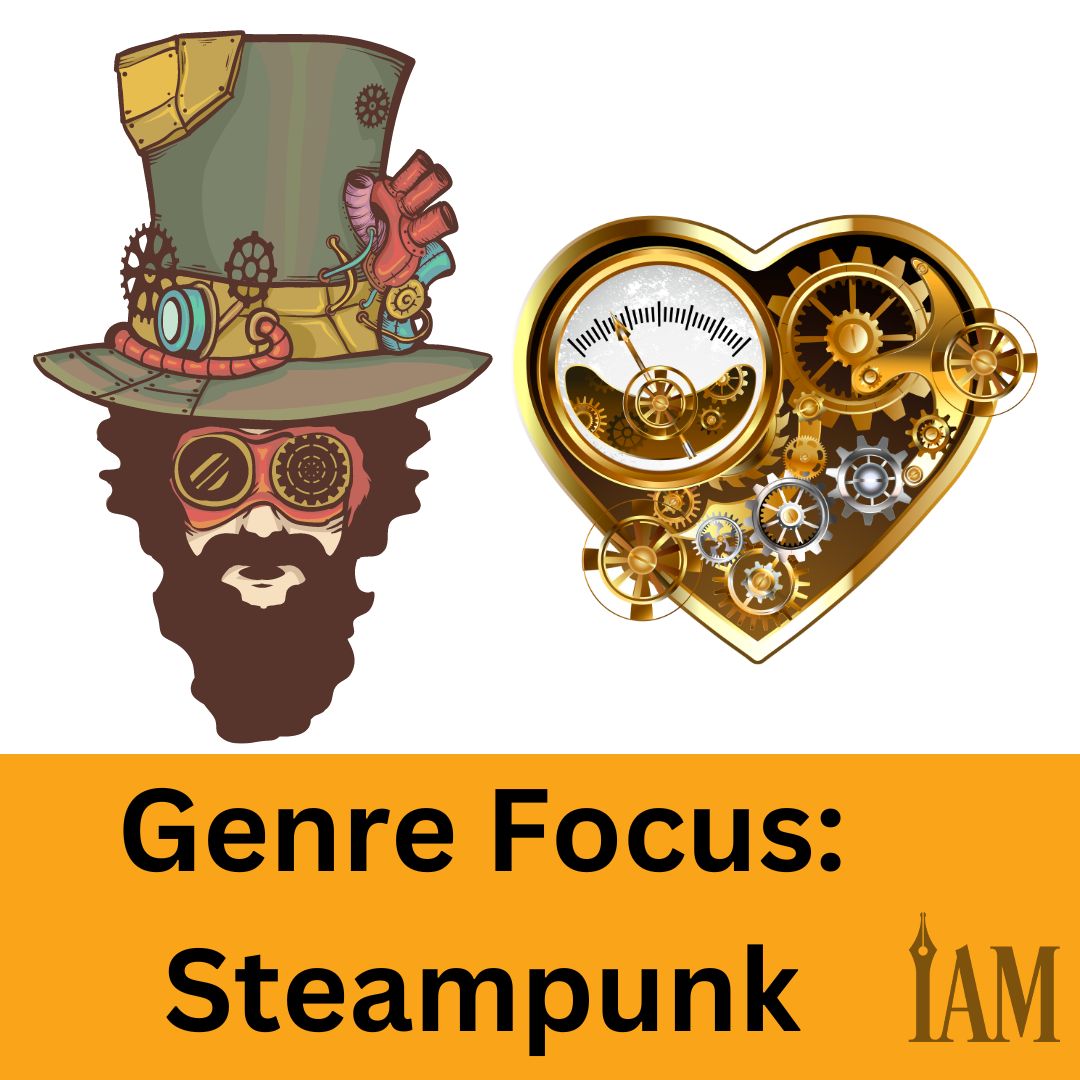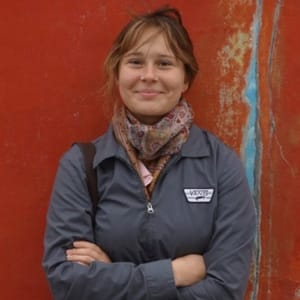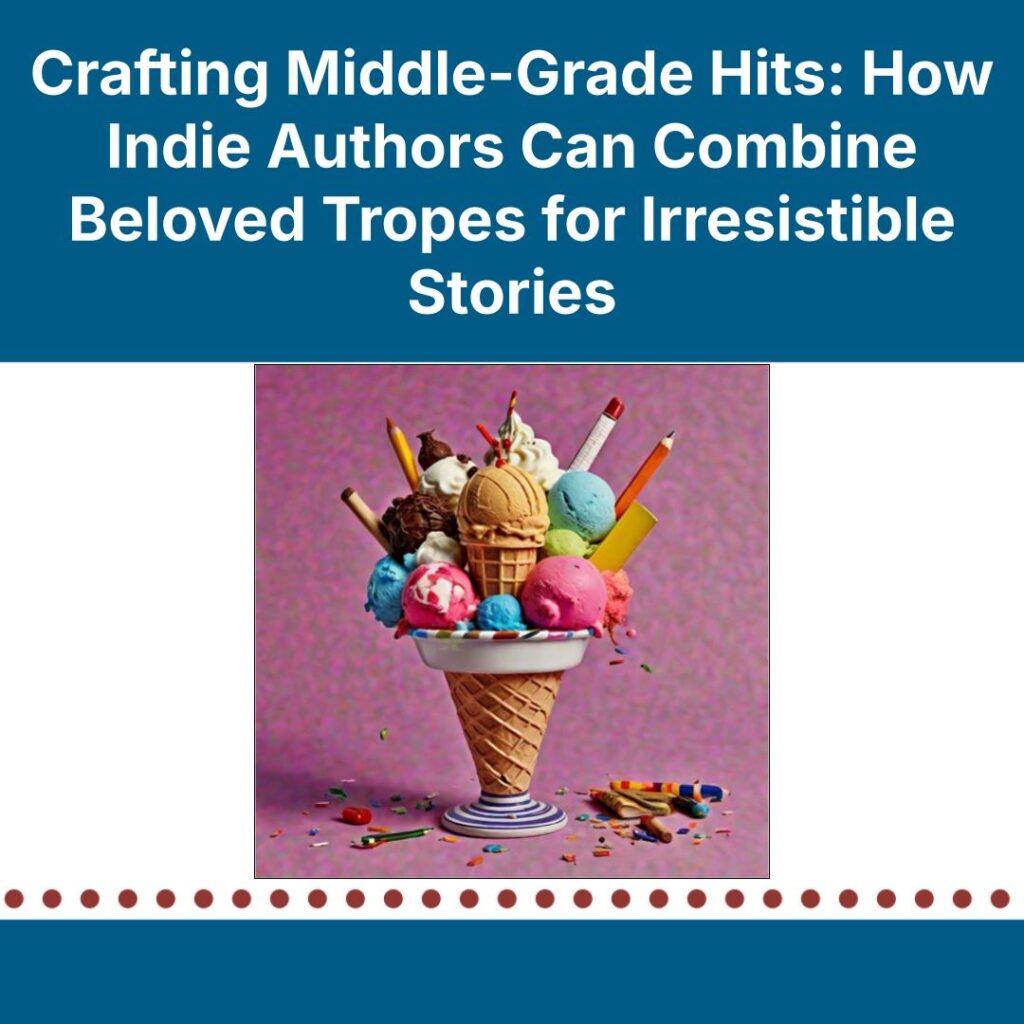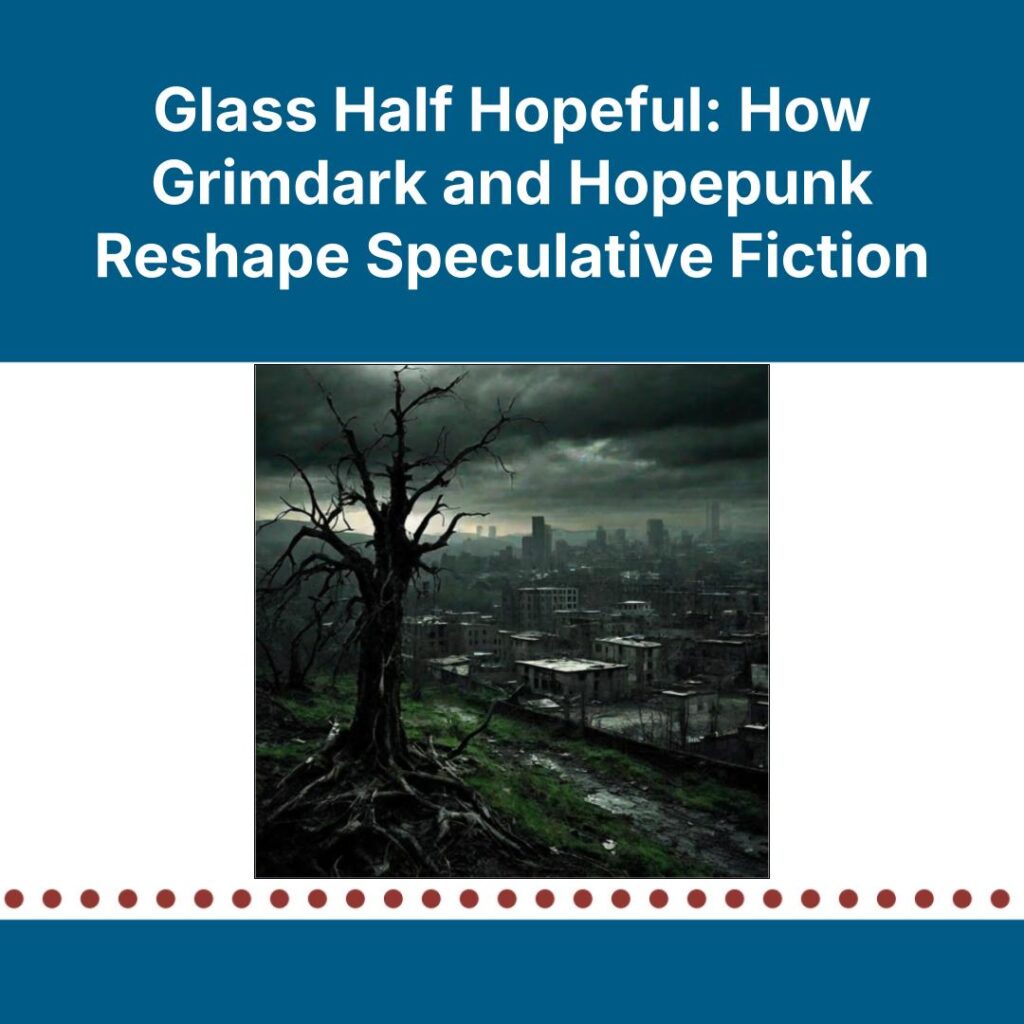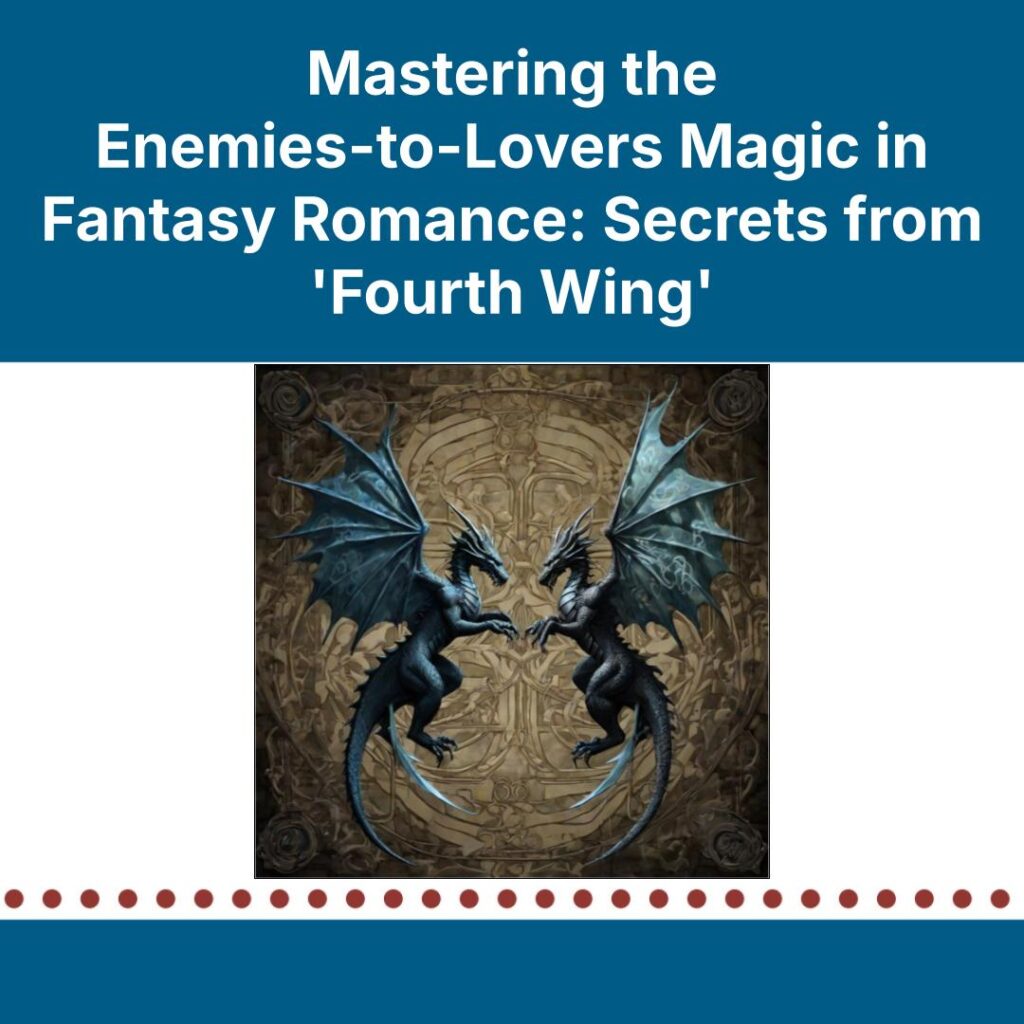Personally, I think Victorian fantasies are going to be the next big thing, as long as we can come up with a fitting collective term for Powers, Blaylock and myself. Something based on the appropriate technology of the era; like “steampunks,” perhaps.
—K. W. Jeter, in a 1987 letter to the science fiction magazine Locus
In Orange County, California, a trio of authors created a new and exciting sub-genre of Science Fiction during the late 1970s. It was a combination of an alternate history, where the Industrial Age steam engine grew to prominence, and a Victorian era aesthetic of exploration and invention. Beginning with Tim Powers’s Anubis Gates, K. W. Jeter’s Morlock Night, and James Blaylock’s Homunculus, and drawing from novels of the nineteenth century penned by H. G. Wells and Jules Verne, the trio created stories that tapped into the Victorian style of Science Fiction novels and reinvented them into something new. In time, “Steampunk,” as this sub-genre of Science Fiction and Alternate History grew to be named, would grow in popularity until it became mainstream in the 1990s. An explosion of novels, graphic novels, and comics came on the scene. Many motion pictures such as The League of Extraordinary Gentlemen, Mortal Engines, and Hugo followed, building on the popularity of the unique aesthetic created by this genre.
Elements of Steampunk
A Steampunk story contains elements that make it recognizable to readers. The plots are often based on a hero’s journey structure, but Mysteries and Thrillers in this setting can also be found. What ties them together is a style and aesthetic based on the customs and clothing style of Britain’s reign during Queen Victoria’s time, the United States Civil War period, and certain clothing elements from France’s belle èpoque. Gentlemen wear a range of headwear, from pilot or pith helmets to top hats, and the ladies wear shawls, caps, and, if adventurous, versions of the male top hats and pilot helmets. The uniforms and civilian wear are what you would expect from the Victorian era, with a few French corsets thrown in.
While the characters in Steampunk stories conform loosely to this era’s social customs, a modern viewpoint of women and people of color prevails. A woman is as apt to be a dirigible pilot as she is to be a wife or mother, and people of all races are accepted as full characters with agency in many stories. While a sense of British imperialism is part of the Steampunk style, it is often tempered by modern views toward colonization and its effects.
Other style elements include the wearing of goggles. Since airplanes are hydraulic, they do not exist in the mechanical Steampunk universe. Instead, travel is via steam engine trains, hot air balloons, or airships. Pilots wear goggles to protect their eyes while flying, and this element is often incorporated into the character garb. Another norm is the inclusion of mechanical items of both real and fanciful nature. Cogs and gears are the movers of the Steampunk universe and are found in most technology, including phonographs, clocks, and—yes—time machines.
Due to the influence of Jules Verne, one of the major symbols of the Steampunk genre is the octopus. Once a symbol of the railroad during this time period, it was also the featured monster in Verne’s Twenty Thousand Leagues Under The Sea. The battle with this sea creature is captured both in the movies and in the book and has left its mark in the minds of Steampunk readers.
Is Steampunk Dead?
After the genre’s rise in popularity in the 2000s and early 2010s, the Steampunk genre left the main stage, and other genres have become the fashion of the day. Yet Steampunk still has a strong following and stories continue to be written. The genre remains active and continues to flourish among readers and cosplayers alike, forming a smaller but even more vibrant niche.
Common Tropes
- A story set in an alternate world with either real or imagined technology based on nineteenth century steam engine technology, airships, or mechanical machines
- Class, LGTBQ, and economic struggles of the Victorian era
- A hero’s journey plot featuring a global-bound nineteenth-century explorer on a mission of discovery
- A heroine’s journey plot that focuses on female main characters throwing off social norms and finding agency as women in a patriarchy
- An inventor that creates steam-powered technology of unusual properties and its aftermath
- A Mystery or Thriller story set in an alternate nineteenth century
- Empowerment of ordinary nineteenth century people in the face of industrialization

